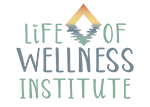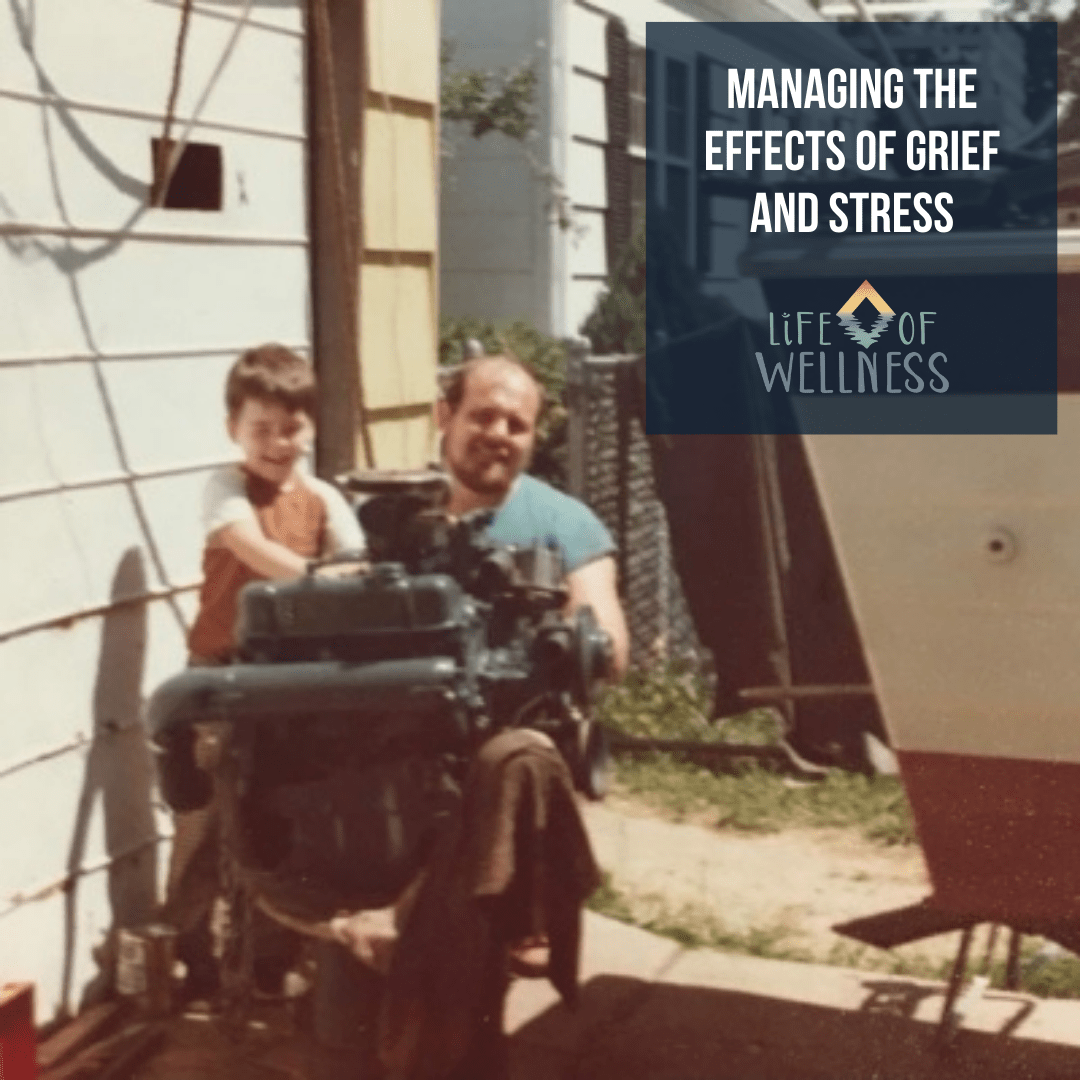Unfortunately, giving agency away to teachers as experts is deeply entrenched in the history of education. This is just as true in holistic and contemplative practices, including yoga. Students follow the cues and practices given without question, believing that the teacher knows best. The problem is this can lead to the self-silencing and self-gaslighting of the student’s experience. Empowering the narcissistic guru taking advantage of this dynamic, which we have seen far too often in the yoga community.
So, how do we learn from the teacher and ourselves? And how do teachers cultivate a client-centric approach to teaching that can prevent this dynamic? Let’s start with a quote from Peter Palmer in The Heart of a Teacher: Identity and Integrity in Teaching.
“Good teachers join self, subject, and students in the fabric of life because they teach from an integral and undivided self; they manifest in their own lives, and evoke in their students, a “capacity for connectedness.” They are able to weave a complex web of connections between themselves, their subjects, and their students, so that students can learn to weave a world for themselves. The methods used by these weavers vary widely: lectures, Socratic dialogues, laboratory experiments, collaborative problem-solving, creative chaos. The connections made by good teachers are held not in their methods but in their hearts–meaning heart in its ancient sense, the place where intellect and emotion and spirit and will converge in the human self.”
Cultivating Self-Awareness in the Learning Process
In the journey of learning yoga, the relationship between teacher and student plays a pivotal role in shaping the experience. We must recognize the potential pitfalls of a traditional teacher-student dynamic. I’m inviting us to strive to create an environment where learning is a collaborative, co-created, and reflective process.
Learning from the teacher involves more than just absorbing information; it requires self-awareness. We should encourage students to question, reflect, and explore their experiences on and off the mat. This fusion creates a learning space where students absorb knowledge and develop a profound understanding of how these teachings resonate within their own lives.
To experience this, students are guided to listen to their bodies, acknowledge their emotions, and integrate the teachings into their unique mental and physical landscapes. This approach empowers individuals to cultivate a personalized practice. One that aligns with their needs, fostering a sense of self-empowerment rather than relying solely on external authority.
Fostering a Client-Centric Approach to Teaching
As teachers, our responsibility extends beyond imparting knowledge. We must actively cultivate a client-centric approach to prevent the negative dynamics that hinder a student’s growth. Recognizing the potential harm of the guru-student model, we embrace a teaching philosophy rooted in compassion, humility, and the understanding that each student is on a unique journey.
A client-centric approach begins with acknowledging the diversity of experiences within the student body. This approach encourages open communication, where students feel seen and heard, preventing the pitfalls of self-silencing and self-gaslighting.
To cultivate a “capacity for connectedness,” as Peter J Palmer says, “teachers intertwine self, subject, and students in a harmonious fabric of learning.” This involves being attuned to the individual needs of each student, adapting teaching methods, and fostering an inclusive community where everyone’s unique journey is honored and respected. In doing so, we break free from the traditional hierarchy. We focus on fostering an environment where the teacher-student relationship becomes a collaborative and empowering exchange.
As you navigate the dynamic world of yoga, I hope these insights into client-centric practices serve as a guiding light. Together, let’s celebrate the richness of your unique journey, avoiding rigid hierarchies and fostering a yoga community that is not only deeply rooted in ancient wisdom but also adapted to meet the diverse needs of each practitioner. Your journey is personal, and my role is to empower you every step of the way.
“If there’s one thing I wish all yoga teachers and therapists understood, it’s this: the relationship between teacher and student can sabotage a student’s ability to experience the benefits of yoga. Education research suggests that a negative teacher-student relationship may lead to stress, anxiety, aggression, and self-silencing.”
Melanie Taylor
A Call to Uncover Deeper Connections
The yoga journey transcends physical postures and ancient wisdom; it’s a profound exploration of self and the weaving of connections between teachers, students, and life’s rich tapestry. Embracing a client-centric approach and fostering a “capacity for connectedness” goes beyond traditional teacher-student dynamics.
As we navigate the intricate web of yoga teachings, let’s remember that true learning delves into self-awareness and empathy. This is an essential key to creating safety as we work with the most vulnerable members of our community and cultivating healing cultures in community-based programs. By embracing a philosophy of inclusivity, compassion, and respect for individual journeys, we aim to break down barriers hindering the benefits of yoga. Our community is not just a collection of individuals. It’s a sanctuary where hearts converge, where intellect, emotion, spirit, and will intertwine.
May this teaching approach be a guiding light on your yoga journey, encouraging self-discovery and empowerment. As we weave the threads of shared experiences, let the heart of our teachings inspire a lifelong exploration of boundless possibilities, approached with authenticity, mindfulness, and open hearts.
Next Steps to being a client-centric teacher
We know how deeply you care and want to help yoga change lives. We invite you to our teacher training and continuing education with our therapeutic, client-centric, trauma-informed, and body-neural approach to get started. Scholarships are available. To learn more, visit our 200-hour Yoga Teacher Training. Our 300-hour Advanced Yoga Teacher Training or schedule an exploration call with our founder.
* Palmer, P.J. (1997). The heart of a teacher identity and integrity in teaching. Change: The Magazine of Higher Learning, 29(6), 14-21. DOI: 10.1080/00091389709602343.



